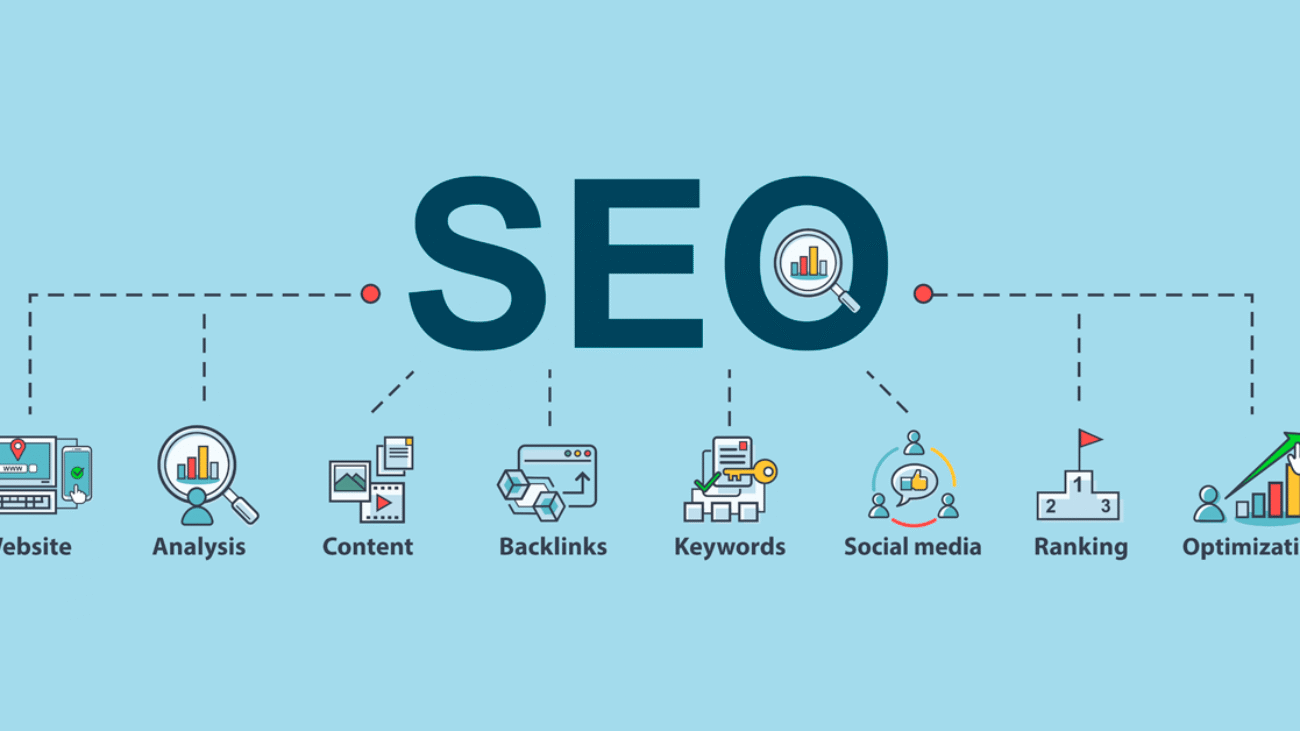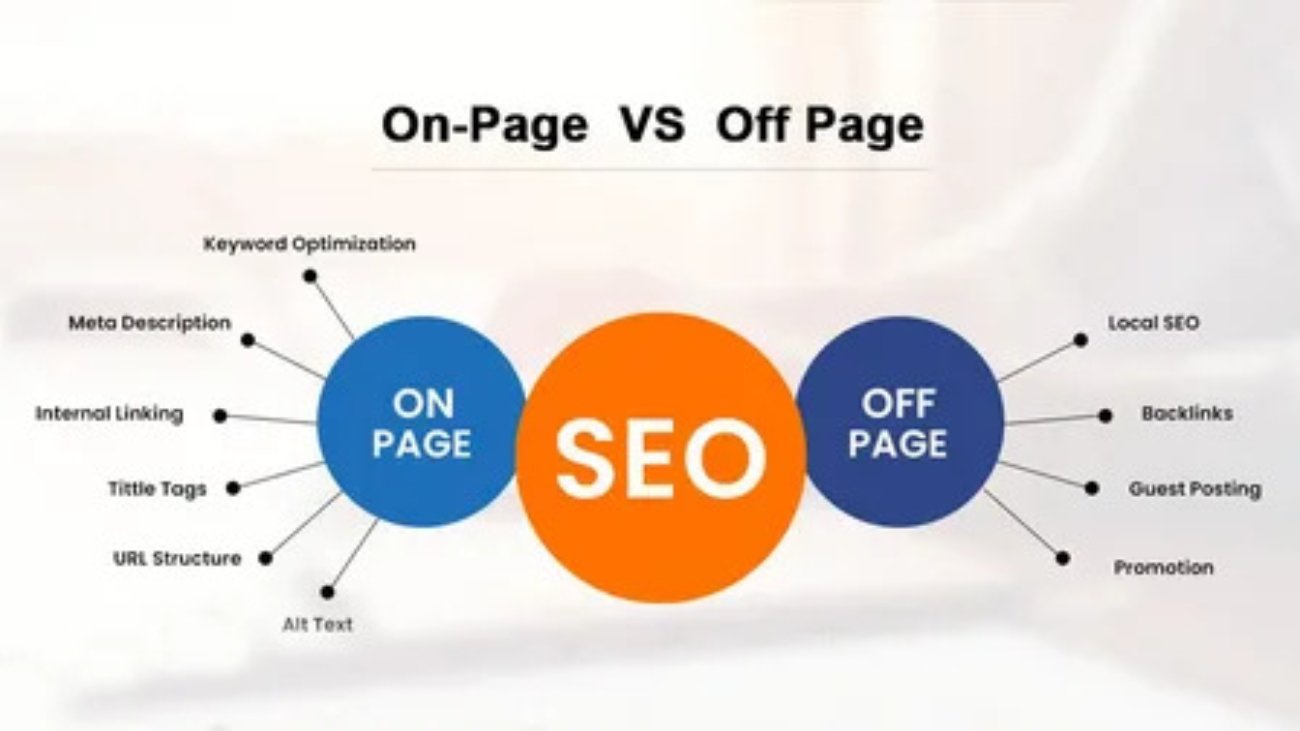What Is Link Building and Why Is It Crucial?
Link building is the process of acquiring backlinks (hyperlinks from other websites to yours) as part of Search Engine Optimization (SEO). Search engines like Google consider backlinks as votes of confidence—when reputable sites link to your content, it signals that your website is authoritative, relevant, and trustworthy.
In essence, link building is a key SEO tactic that helps websites improve search engine rankings, increase authority, and drive more organic traffic.
Link building services are an essential SEO strategy that seeks to gain quality links from related, high-authority domains. This allows search engines to perceive your website as a reliable and authoritative source of information while creating the opportunity to improve your search engine rankings organically.
Why Link Building Is Crucial for SEO & Online Growth
- Boosts Search Engine Rankings
Backlinks are a key ranking factor—websites with high-quality, relevant links tend to rank higher in SERPs (Search Engine Results Pages).
Google’s algorithm (like PageRank) uses backlinks to assess a site’s credibility.
- Increases Domain Authority (DA) & Trust
Links from authoritative sites (e.g., Forbes, Wikipedia, or industry leaders) improve your Domain Rating (DR) or Domain Authority (DA).
Strong backlink profiles make your site more trustworthy in Google’s eyes.
- Drives Referral & Organic Traffic
Backlinks from high-traffic websites can send direct referral traffic to your site.
Higher rankings from SEO lead to long-term organic traffic growth.
- Enhances Online Visibility & Brand Awareness
Being featured on popular blogs, news sites, or directories increases brand exposure.
Helps establish your brand as an industry leader.
- Strengthens Relationships & Networking
Link building involves outreach, collaborations, and partnerships with influencers and webmasters.
Can lead to guest post opportunities, joint ventures, and social shares.
- Improves Crawling & Indexing
Backlinks help search engine bots discover and index your pages faster.
A strong internal linking strategy (along with backlinks) enhances SEO performance.
- Outperforms Competitors
Websites with more (and better) backlinks often dominate search rankings over competitors.
Analyzing competitors’ backlinks can reveal new link-building opportunities.
Types of Link Building Strategies
Guest Posting (Writing articles for other sites with backlinks)
Broken Link Building (Replacing dead links with your content)
Skyscraper Technique (Creating better content than competitors & earning links)
HARO (Help a Reporter Out) (Gaining backlinks from journalists)
Digital PR & Mentions (Getting featured in news and media)
Directory Submissions (Listing in reputable industry directories)
Forum & Blog Comments (Contextual links from discussions)
Key Takeaway
Link building is essential for SEO success because it:




Without a strong link-building strategy, even the best content may struggle to rank. Quality over quantity matters—focus on earning links from authoritative, relevant sources for long-term SEO growth.
Great! Here’s a step-by-step guide to effective link building, along with proven strategies to help you earn high-quality backlinks.
How to Start Link Building: A Beginner’s Action Plan
Step 1: Analyze Your Current Backlink Profile
Before building new links, check existing backlinks using tools like:
– Ahrefs (Best for competitor analysis)
– SEMrush (Great for tracking backlinks & SEO metrics)
– Moz Link Explorer (Checks Domain Authority)
– Uber suggests (Free alternative)




Step 2: Find Easy Link-Building Opportunities
- Guest Blogging (Best for Beginners)
– Find relevant blogs in your niche that accept guest posts.
– Use Google searches like:
– `”write for us” + [your industry] `
– `”guest post” + [your niche] `
– `”submit an article” + [topic]`
– Pitch high-quality content in exchange for a do follow backlink.
- Broken Link Building
– Find broken links on authoritative sites in your niche.
– Use Ahrefs’ Broken Links tool or Check My Links (Chrome extension).
– Politely email the webmaster:
> “Hi [Name], I noticed a broken link on your [page]. My guide on [topic] could be a great replacement. Would you consider adding it?”
- HARO (Help a Reporter Out)
– Sign up at [helpareporter.com](https://www.helpareporter.com/).
– Journalists request expert quotes—reply with valuable insights.
– If featured, you’ll get a backlink from a news site (e.g., Forbes, CNN, etc.).
- Skyscraper Technique
- Find top-ranking content in your niche (use Ahrefs/SEMrush).
- Create better, longer, and more updated content.
- Reach out to sites linking to the old post and suggest yours instead.
Step 3: Advanced Link-Building Strategies
- Competitor Backlink Analysis
– Use Ahrefs/SEMrush to see who links to competitors.
– If they got a backlink, you could try to get one too.
- Digital PR & News Mentions
– Publish newsworthy content (studies, reports, surveys).
– Pitch to journalists (via HARO) or industry blogs.
- Resource Page Link Building
– Search for:
– `”industry” + “resources”`
– `”useful links” + “your niche”`
– If your content fits, ask to be added.
- Forum & Q&A Links (Reddit, Quora, Stack Overflow)
– Provide helpful answers and link to your site when relevant.
– Avoid spam—only link if it genuinely adds value.
Step 4: Avoid Bad Links (Black Hat SEO Risks!)








Final Tips for Successful Link Building




Need Help? Try These Tools for Faster Link Building:
– Ahrefs (Best for competitor research)
– Buzz Stream (Outreach automation)
– Hunter.io (Find email contacts)
– Answer The Public (Find content ideas for backlinks)

